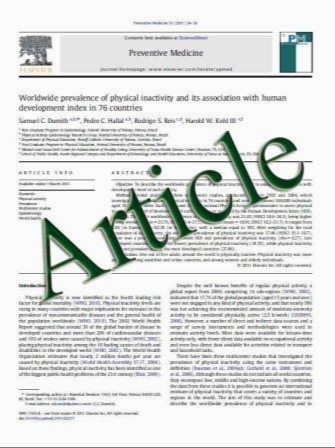Oncology is changing: the challenge of effectively assessing response within clinical trials in low-grade gliomas
- نوع فایل : کتاب
- زبان : انگلیسی
- مؤلف : Ilaria Imarisio • Chiara Fumagalli
- چاپ و سال / کشور: 2011
Description
The current WHO classification of primary central nervous system (CNS) tumors recognizes four separate tumor grades (I–IV), which can be grouped into low-grade (I and II) or high-grade (III and IV), depending on the absence or presence of high-grade histopathological features, such as microvascular proliferation and necrosis. Low-grade gliomas are tumors that have glial differentiation and lack—by definition—the above high-grade features [1]. Infiltrating low-grade gliomas of adults include diffuse astrocytoma, oligoastrocytoma, and oligodendroglioma; the estimated prevalence of these tumors is around 34 per 100,000 individuals, while their incidence, according to the above different entities, is 0.14, 0.10, and 0.30 new cases per 100,000 individuals, respectively [1, 2]. Low-grade gliomas tend to occur in the third and fourth decade of life, despite a slow tumor growth, their outcome is often fatal, with a relapse rate after radical surgery that is similar to that observed in high-grade gliomas; as a consequence, median survival is still unsatisfactory (even though longer than in high-grade gliomas), with the prognosis which is related to age, performance status, lesion size, midline involvement, and histology [3]. Furthermore, seizures (which can be the only clinical manifestation of these tumors) and cognitive deficit are extremely common among patients with low-grade gliomas, highlighting the relevance of maintaining quality of life in these patients. One of the most compelling challenges in these tumor is response assessment within clinical trials. Indeed, overall survival (OS)—the Sacred Grail of Medical Oncology—is often confounded, like in many other neoplastic diseases, by the use of salvage treatments at recurrence; moreover, the relatively long life expectancy of these patients and the small clinical benefit expected require many years of follow-up and huge sample size, respectively.
Oncol Rev (2011) 5:75–76 DOI 10.1007/s12156-011-0081-4 Published online: 10 June 2011


